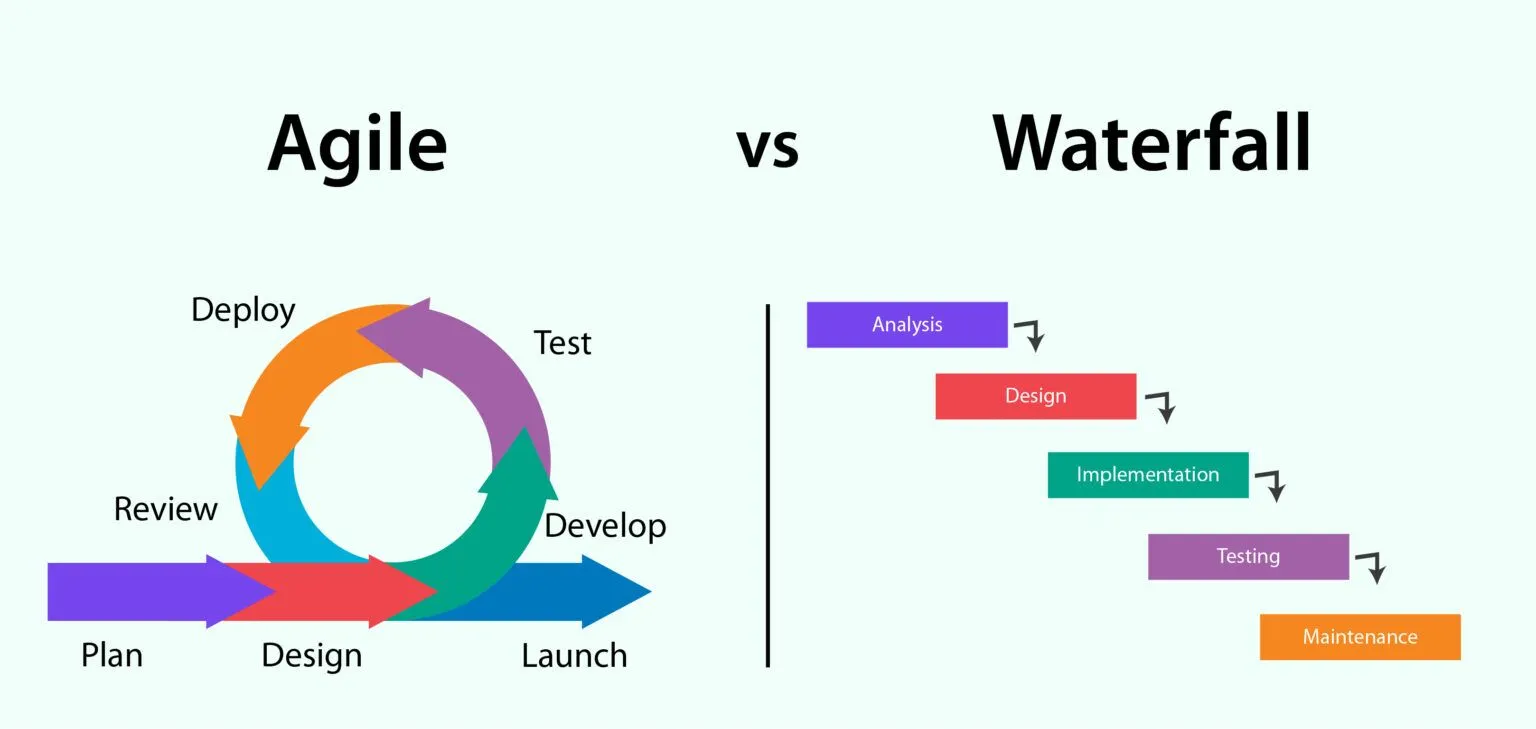Iteration as an Alternative to Linear Planning in Agile Development
This article discusses iteration as an approach to planning that contrasts with traditional linear planning methods. It emphasizes the adaptive, incremental nature of agile planning as opposed to the predictive, rigid processes of traditional planning.
Traditional Linear Planning Versus Agile Iterative Planning
Linear Planning refers to a traditional project management method in which a complete plan is drafted at the outset, detailing every task, deadline, and allocation of resources. Agile Iterative Planning, on the other hand, focuses on the ability to adapt to changes, involving the entire team in continuous feedback loops to improve and refine the work process.
- Linear planning is predictive and aims to control future conditions through extensive upfront planning. It works well for projects with predictable outputs but can be inflexible when dealing with changing environments.
- Agile planning is adaptive, focusing on iteration, which involves incremental improvements and real-time feedback from stakeholders to adjust direction. This makes it particularly suitable for software development projects where requirements are dynamic.
Iterative vs. Linear Planning in Agile
Elements of Agile Planning
Agile planning consists of various elements that differentiate it from traditional planning. These elements include vision, product backlog, iteration backlog, feedback loops, and the final product.
Vision and Backlogs
The Vision defines what the team is building and why, while the Product Backlog is a dynamic list of everything required to develop the product. The Iteration Backlog focuses on tasks for each short cycle (usually 2-4 weeks).
- The Product Backlog allows for dynamic prioritization, helping teams focus on tasks that deliver the most value to the customer.
- The Iteration Backlog supports short-term planning, ensuring that high-priority features are delivered within a predictable timeframe.
Feedback Loops and Continuous Improvement
Feedback Loops are fundamental to the iterative nature of agile planning. Regular sprint reviews and retrospectives allow teams to inspect and adapt.
- Feedback loops mitigate risk by validating progress incrementally rather than waiting for a single end-point evaluation.
- Continuous feedback keeps the team aligned with customer needs, which often evolve as the project progresses.
Timeboxing and Onion Planning
Timeboxing is a key element in agile that sets a fixed timeframe for a task, whereas Onion Planning describes the layered approach of managing projects, starting with strategy and descending through portfolios, products, deliveries, iterations, and daily tasks.
Timeboxing in Agile
- Timeboxing helps keep the team focused and limits time spent on less valuable tasks. In Scrum, each Sprint is timeboxed, ensuring that the scope remains manageable within the set duration.
- The concept of timeboxing also ensures that work is prioritized effectively. For example, if a sprint lasts three weeks, the team is committed to delivering what was agreed upon within that time.
Understanding Timeboxing in Agile
Onion Planning Explained
- At the highest level of Onion Planning, strategic goals determine the broad objectives of the organization, similar to a roadmap for achieving overall success.
- As we move to the lower layers—Portfolio, Product, Deliveries, and Iteration—the plans become more detailed and focused, offering a clear understanding of each level’s function and goals.
Benefits of Iterative Planning
Iteration offers significant benefits compared to traditional linear planning, especially in environments where requirements are uncertain or subject to change.
- Iterative planning allows teams to start with high-level requirements and refine them as the project progresses. This provides flexibility in responding to customer needs, often resulting in a product that more closely matches the client’s expectations.
- Risk reduction is another major advantage. With each iteration, a working product is delivered, allowing for continuous customer feedback and ensuring that the project is on track.
Advantages of Iterative Planning
Comparing Iterative and Traditional Planning
In traditional planning, progress is often measured by the completion of predetermined phases, which can create a false sense of security if early decisions prove flawed. Agile approaches use empirical process control, relying on real-time progress and customer input.
- Traditional planning generally delivers the product at the end, making it hard to pivot if the requirements change. Agile allows incremental product releases, offering stakeholders a chance to validate features at every stage.
- Retrospectives held at the end of each iteration enable teams to constantly improve their processes and product quality, something that’s missing in most traditional project management methodologies.
Empirical Control vs Predictive Control in Project Management
Agile iterative planning offers a dynamic and adaptive alternative to traditional linear planning. By emphasizing short cycles, continuous feedback, and regular adaptation, it ensures that customer needs are met in an evolving environment. These principles enable teams to deliver value consistently while maintaining the flexibility to adapt to new information. Agile planning not only reduces risk but also encourages team collaboration and continuous improvement.
For a deeper understanding of these agile planning strategies, please refer to the resources linked throughout this post.
